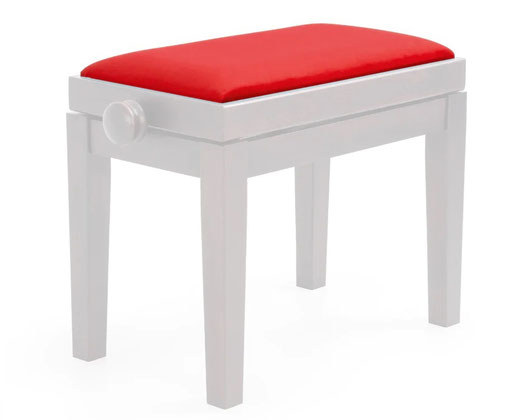I've answered another question on posture on the Quora platform, where people ask the general public about anything and everything. This is the question I answered:
What’s your favorite chair to sit on? Why?
A piano stool.
This answer may surprise you as it's not a fancy ergonomic chair, but in my opinion, most people miss the point with ergonomics.
The chair doesn't do the sitting for you, it's an inanimate object, sitting is up to you, not the chair.
I'm also taking your question very literally, and I differentiate sitting from reclining. Sitting is an activity much like standing, it requires movement to remain balanced, reclining is being at rest. If the chair has a back rest that doesn't let you fully recline onto it, such as most dining room chairs, being in contact with the back rest whilst still upright restricts the movement required for poised balance and encourages rigidity. Holding a fixed position is more tiring than being allowed to subtly move. The advantage of the piano stool is that it has no back rest allowing you to remain free to move in the act of balancing.

As far as your spine is concerned the only difference between sitting and standing is that in standing you have a more mobile and unstable base for your pelvis, that is, your legs. In sitting the sit-bones on the underside of your pelvis effectively become your new "heels", and you use them to "stand" on. I like to call sitting standing on your bottom, you don't sit down, you stand up on your backside.
Personally I think we like the added mobility and instability of being on our legs, the additional movement it generates is more freeing, but you can still find mobility through the spine and hips in poised sitting even if it's more subtle. What this does mean is that your sitting posture can only be as good as your standing posture, so the chair is not the relevant part of the equation.
All you need for balanced sitting is a horizontal flat surface, that's it. A piano stool has the added advantage of being slightly padded, and height adjustable. And if you can't sit in a balanced way, you're unlikely to find the support you need for your spine when you take it into reclining against a back rest.
Would I use a piano stool in an office environment? Potentially. It depends on whether there are other opportunities to rest my torso/spine during the day, because sitting is an activity it can still become tiring. To be honest, most simple office chairs these days are adequate enough to allow for sitting and reclining, just make sure it has a firm flat surface.
Write a comment
Jeff (Wednesday, 16 November 2022 08:18)
What about car seats?
Some of them aren`t exactly comfortable.
pressure points from bucket seats not fitting a tall person
ecspecially if you have stenosis.
I had a car for three years that wrecked my mussel balance
and now I have all kinds of problems with inbalances
Adrian Farrell MSTAT (Wednesday, 16 November 2022 11:31)
Hi Jeff
Car seats are designed for reclining rather than sitting, and yes, their one size fits all aren't ideal. The majority of car seats are adequate though if you can recognise what support you need to find within yourself. Your stenosis does make this trickier as you probably have less variability available to you, and naturally I'd encourage you to take Alexander Technique lessons to learn more about your own maximum availability and how to find it. But in those cases where the seat and backrest is positively working against you there are various seat supports available these days that you can place on top of the car seat. The tricky part is being able to try before you buy.